What is the tolerance range of precision screws?
What is the tolerance range of precision screws?
Service Hotline
+86760-8787 8587We have more than ten years of experience in screw industry production, the main products are: A-grade surface galvanized screws, copper flat round head rivets, carbon steel square washers, gypsum board expansion screws, GB858 washers, ASMEB18234M bolts, GB901 screws, 8.8 hexagonal nuts , T-head bolts, concave washers, tightening nuts, fine thread screw caps, low-profile round wing wing nuts, 316 cap nuts, outer diameter 5.4 negative SOO and other fasteners, due to product materials and specifications Different, the price is also different, if you need, please contact us.


The difference between high-strength bolt friction type and pressure-bearing type connection: High-strength bolt high-strength bolt connection is to clamp the plate of the connecting plate through a large tightening pre-pressure in the bolt rod, which is enough to generate a large friction force, thereby improving the connection. The integrity and stiffness of the bolt can be divided into two types: high-strength bolt friction type connection and high-strength bolt pressure type connection according to different design and force requirements when subjected to shear force. The essential difference between the two is that the limit state is different, although It is the same kind of bolt, but it is very different in terms of calculation method, requirements, and scope of application. In the shear design, the friction type connection of high-strength bolts is the limit state when the external shear force reaches the possible maximum friction force provided by the bolt tightening force between the contact surfaces of the plates, that is, the internal and external shear force of the connection is guaranteed not to exceed maximum friction. The plate will not undergo relative slip deformation (the original gap between the screw and the hole wall is always maintained), and the connected plate will be elastically stressed as a whole. In the design of shear resistance, the external shear force is allowed to exceed the maximum friction force in the high-strength bolt-bearing connection. At this time, relative slip deformation occurs between the connected plates until the bolt rod contacts the hole wall, and then the connection depends on the bolt rod. The shearing of the body and the bearing of the hole wall and the friction between the contact surfaces of the plates jointly transmit the force, and finally the shearing of the shaft or the bearing of the hole wall is regarded as the limit state of the connection shearing. In a word, friction type high-strength bolts and pressure-bearing high-strength bolts are actually the same type of bolts, but whether the design considers slippage. Friction type high-strength bolts can never slide, and the bolts do not bear shear force. Once slipped, the design is considered to reach a state of failure, which is technically mature; pressure-bearing high-strength bolts can slide, and the bolts also bear shear force, and the final damage is equivalent to ordinary Bolt failure (bolt shearing or steel plate crushing).
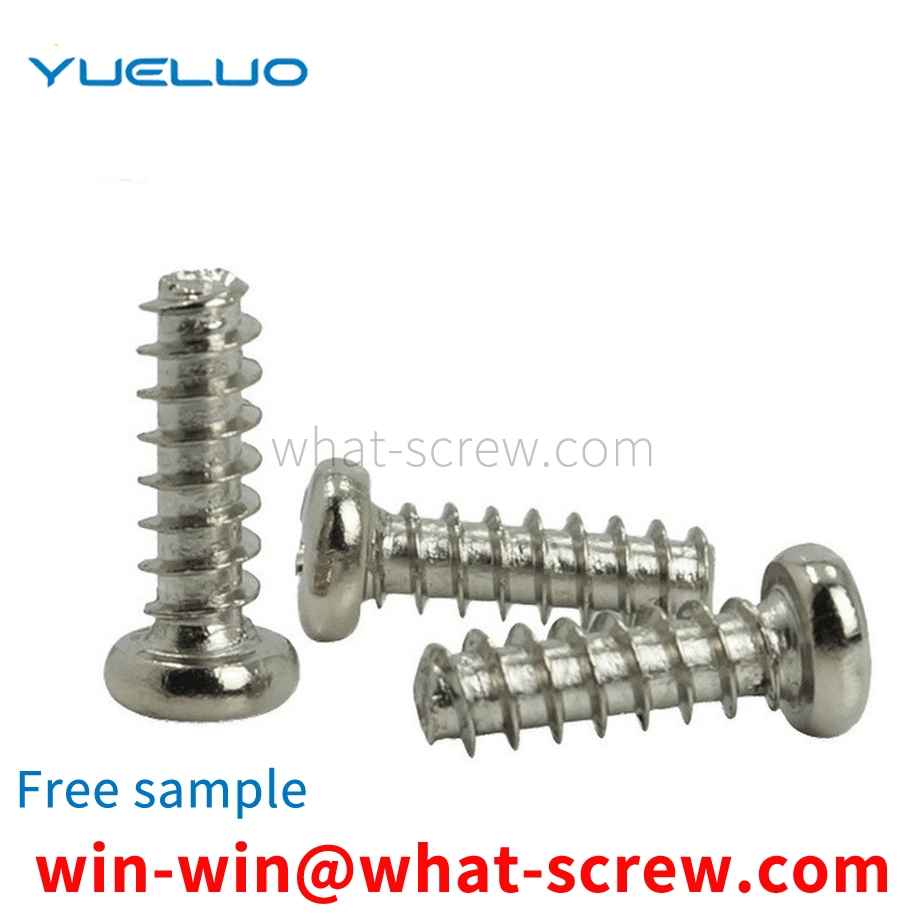
Currently, the method of fixing objects on cement is with cement nails or expansion screws. Cement nails are objects made of hard alloy steel that look like iron nails, which are composed of nail tips and nail bodies. Cement nails are hammered into the cement. Cement nails are easy to drive in, but not removable. The expansion screw is composed of a large end screw, a slotted sleeve, a gasket, a spring washer, and a nut. When using, first drill a hole in the cement with an electric hammer, put in the expansion screw, and tighten the nut to make the slotted sleeve expand at the tail of the big tail screw, so as to fix the expansion screw on the cement. At this time, unscrew the nut to install a fixed object on the expansion screw. Although this method can be disassembled, an electric hammer is required for the first installation, which is inconvenient.
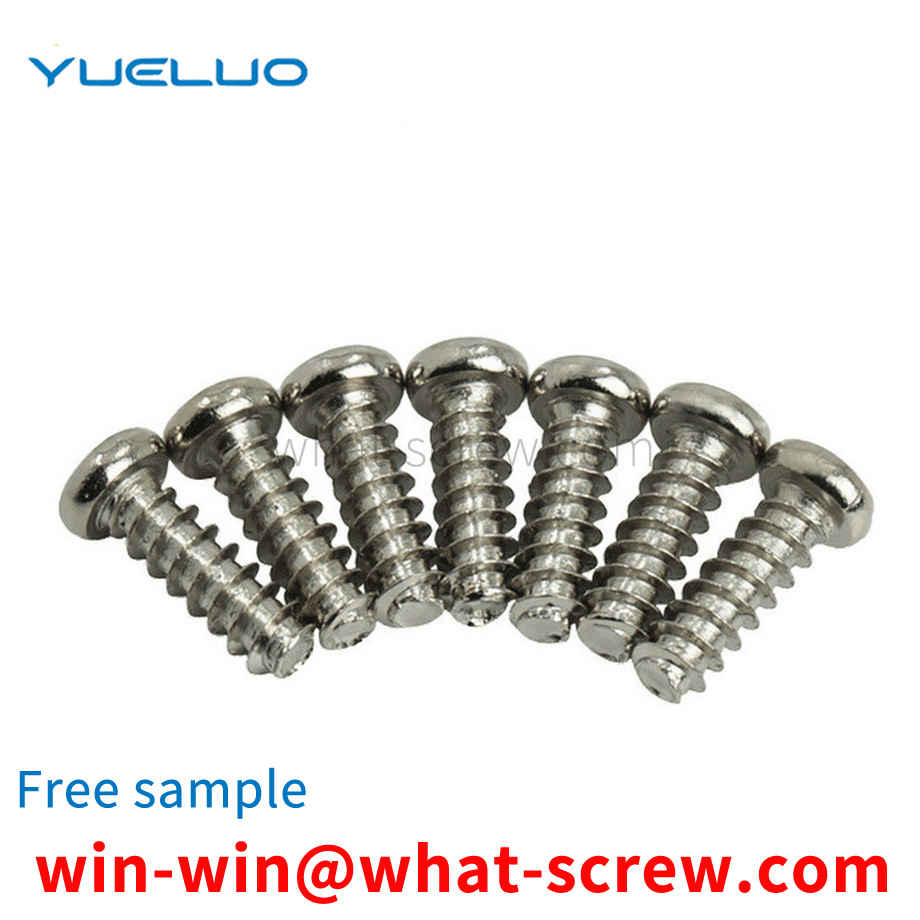
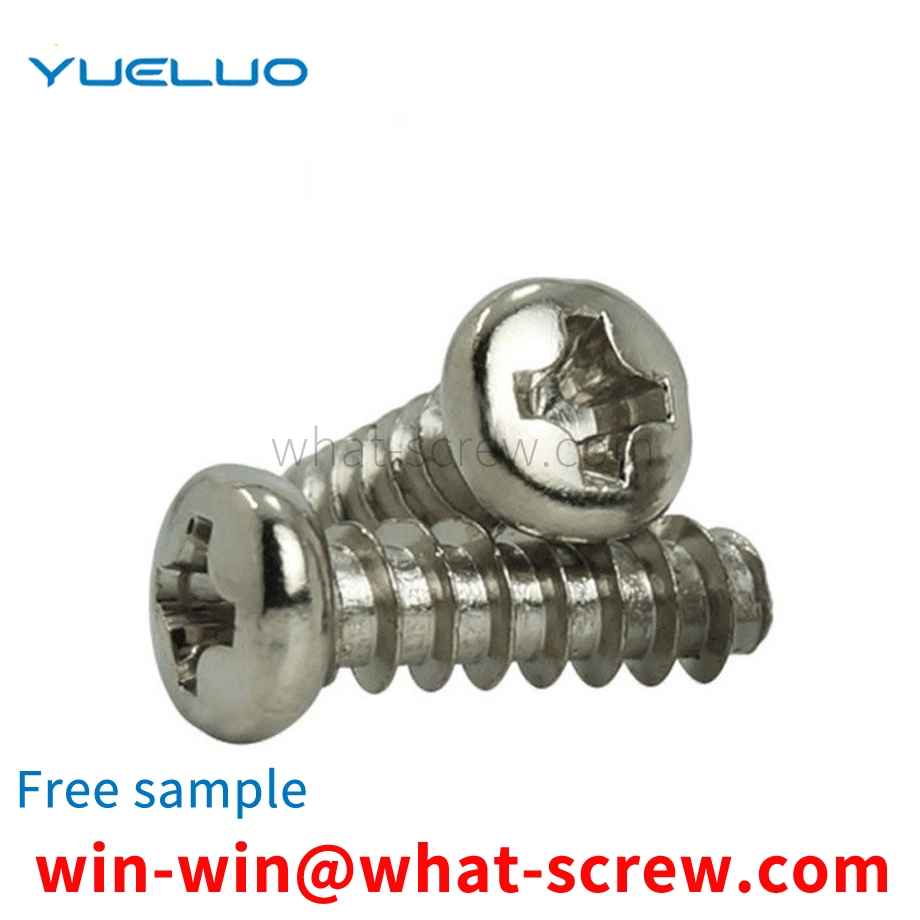
The retaining ring is divided into two types: shaft use and hole use. Its structural characteristics: The shaft retaining ring is a kind of retaining ring installed on the shaft groove, which is used for positioning and fixing of shaft end parts, and can withstand severe vibration and shock loads, but It is necessary to take anti-loosening measures and installation positioning; the hole is installed in the circular hole with an elastic retaining ring, which is used for the axial movement of the fixed parts. The outer diameter of this retaining ring is slightly larger than the diameter of the assembly circular hole.
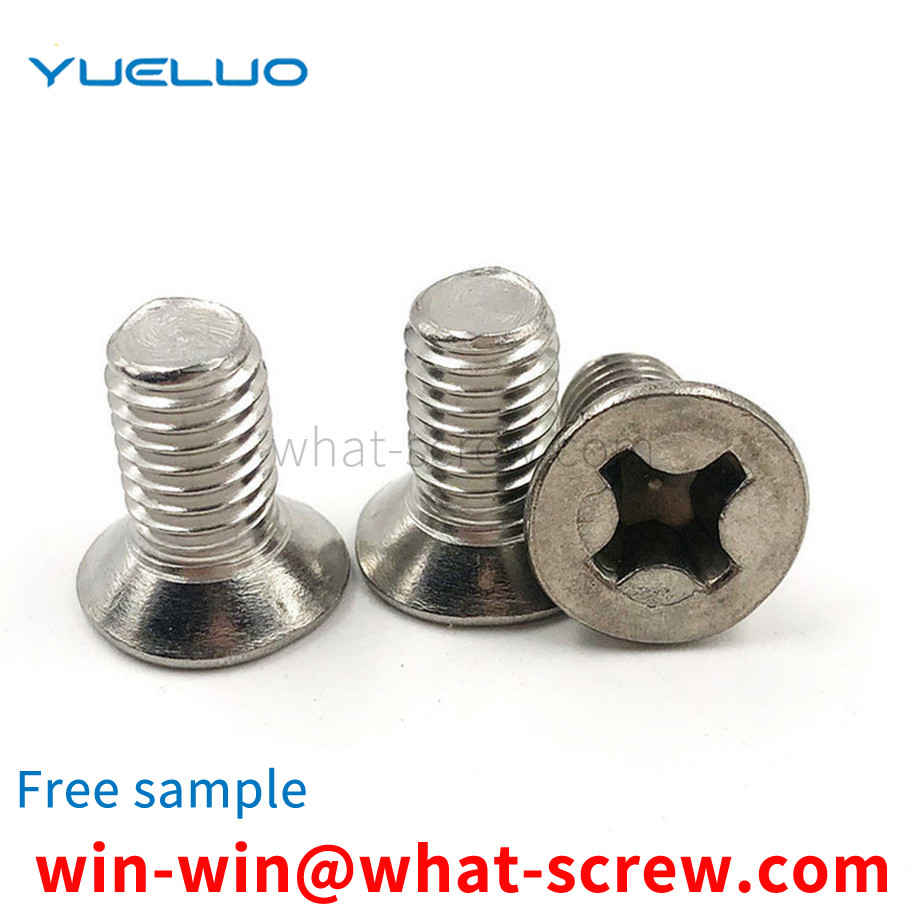
The surfaces of the existing door panels are spliced together by fasteners such as nails and bolts. For example, a door body structure for a production line disclosed in CN203807555 is used for the doors of each chamber of the coating production line. The size of the mechanism is the same, and the left and right sides of the door body can be freely opened and closed; the chamber door and the door frame are detachably connected by multiple sets of sealing components, and the sealing components include hinge devices and locking parts.
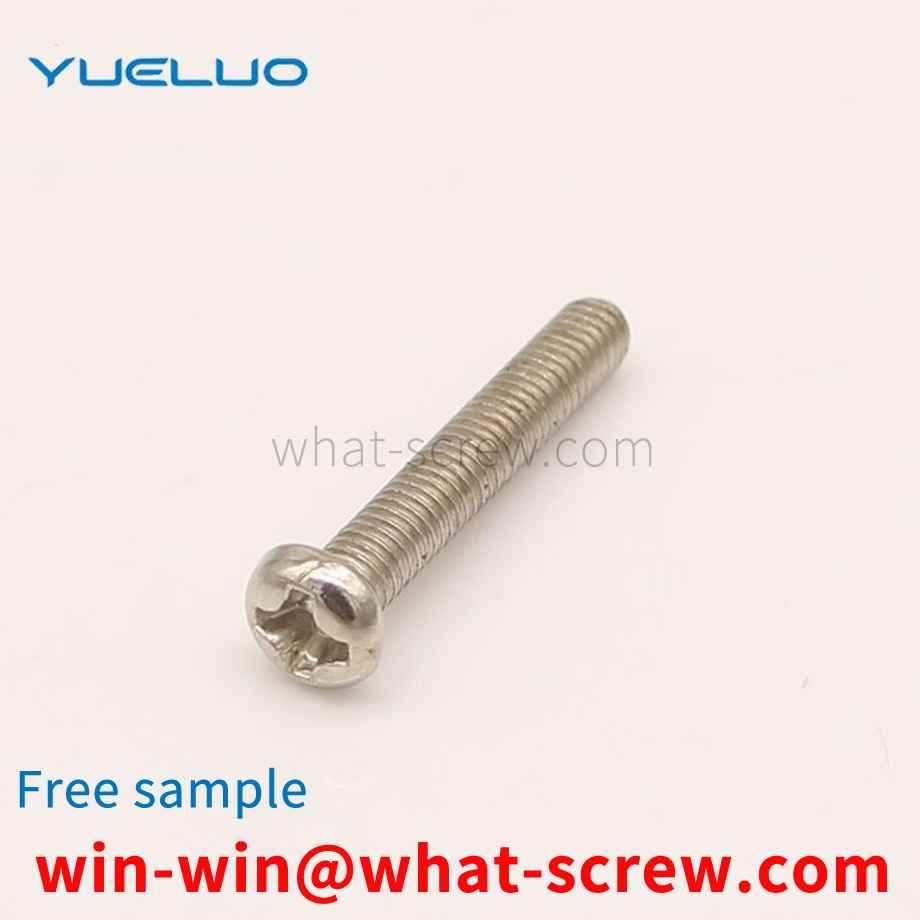
The above content is uploaded by Yueluo or the Internet. If there is any copyright issue, please contact [email protected].

What is the tolerance range of precision screws?

How to choose the right stainless steel screw manufacturer?

Why is there an R angle under the head of the hexagon head s...
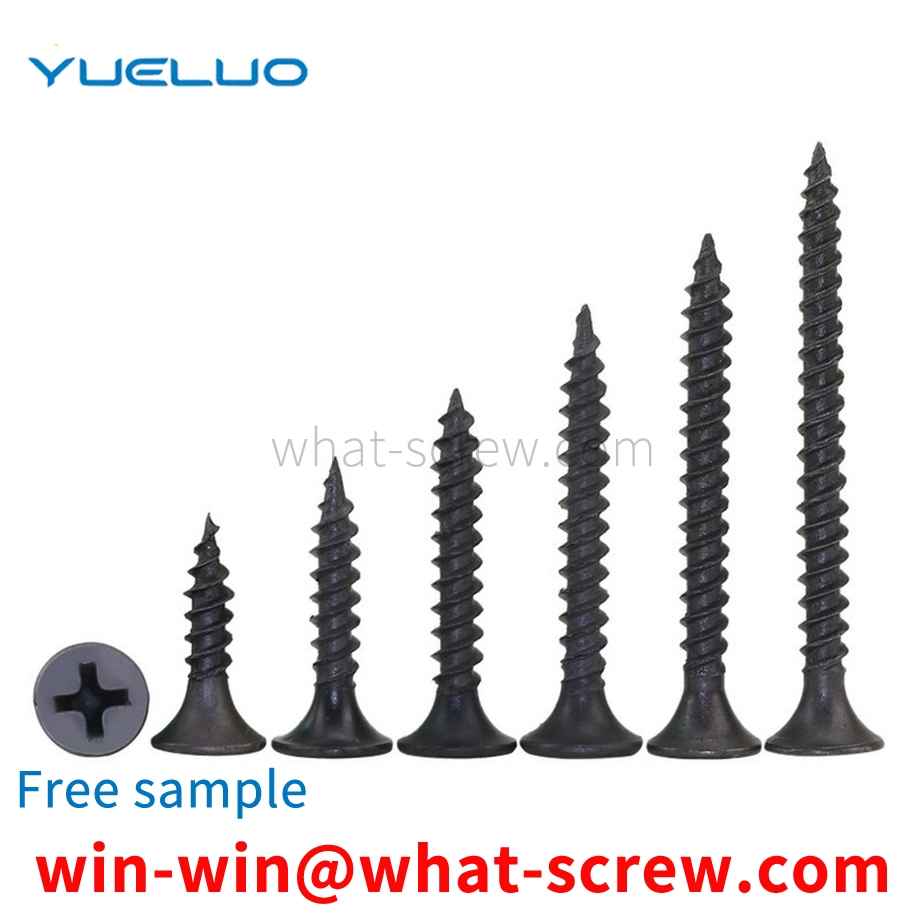
We have more than ten years of production experience in the ...
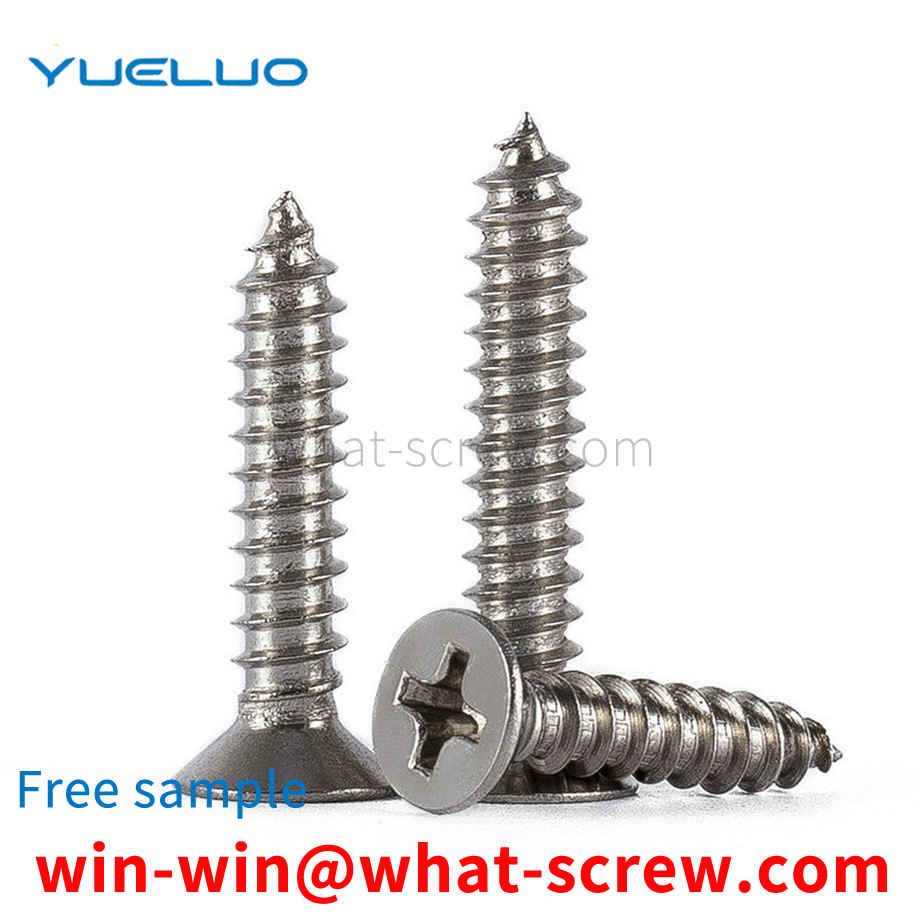
We have more than ten years of production experience in the ...

We have more than ten years of experience in screw industry ...

We have more than ten years of experience in screw industry ...